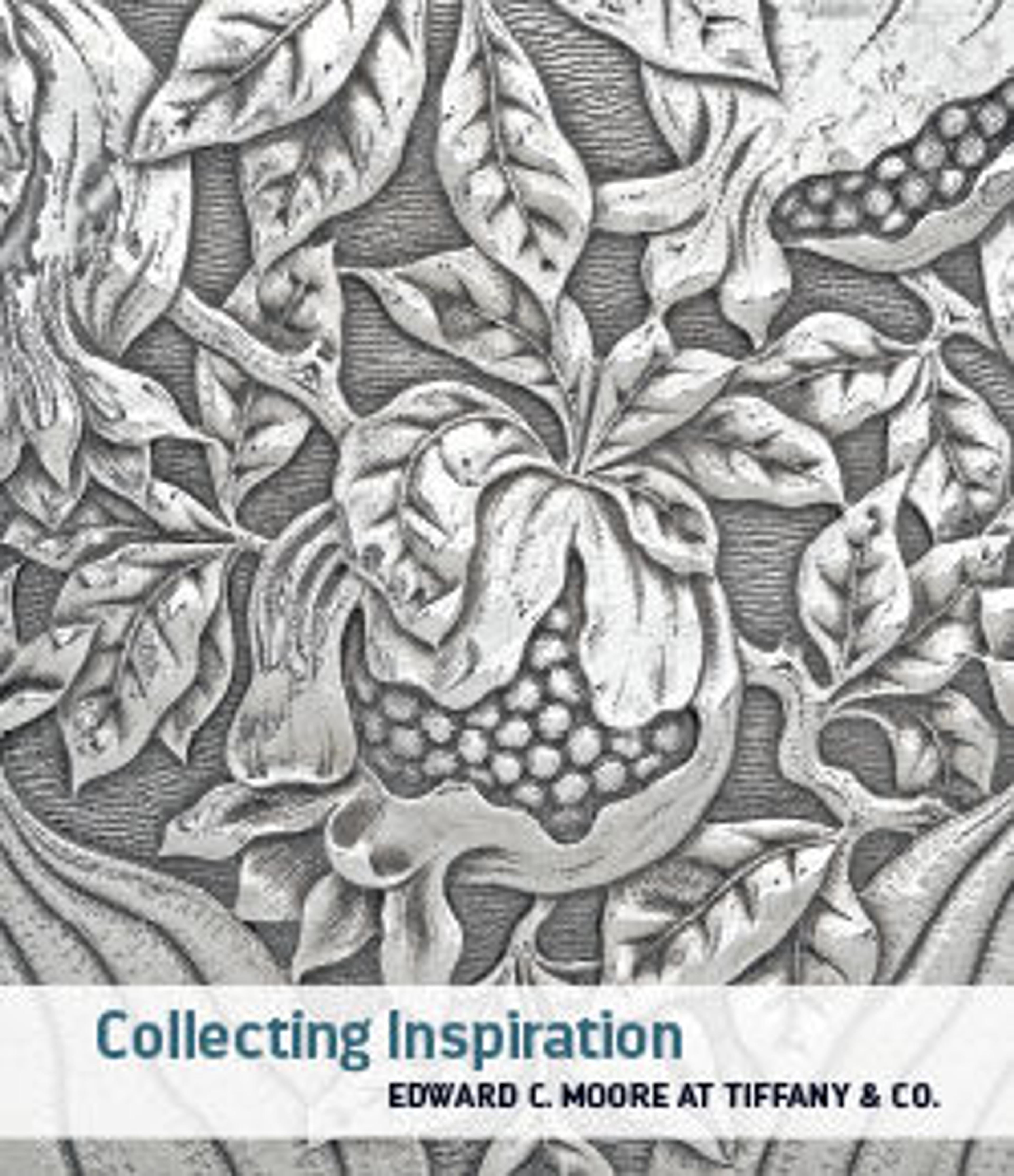Ceramic Mosque Lamp
Mosque lamps made of opaque, rather than translucent or pierced, materials functioned as symbolic ornaments rather than practical lighting devices. This piece bears a signature associating it with the famous workshop of Ghaibi, who was active in Syria and later in Egypt. The dense spirals etched through the black underglaze pigment are especially characteristic of Ghaibi’s wares.
Artwork Details
- Title:Ceramic Mosque Lamp
- Maker:Ibn al-Ghaibi al-Tabrizi
- Date:15th century
- Geography:Made in probably Egypt or Syria
- Medium:Stonepaste; polychrome-painted under transparent glaze
- Dimensions:H. 13 13/16 in. (35.1 cm)
Diam. 9 3/8 in. (23.8 cm) - Classification:Ceramics
- Credit Line:Edward C. Moore Collection, Bequest of Edward C. Moore, 1891
- Object Number:91.1.95
- Curatorial Department: Islamic Art
More Artwork
Research Resources
The Met provides unparalleled resources for research and welcomes an international community of students and scholars. The Met's Open Access API is where creators and researchers can connect to the The Met collection. Open Access data and public domain images are available for unrestricted commercial and noncommercial use without permission or fee.
To request images under copyright and other restrictions, please use this Image Request form.
Feedback
We continue to research and examine historical and cultural context for objects in The Met collection. If you have comments or questions about this object record, please contact us using the form below. The Museum looks forward to receiving your comments.
